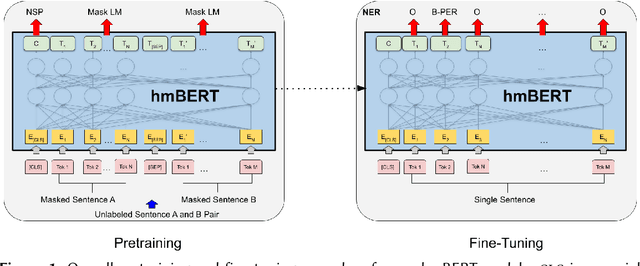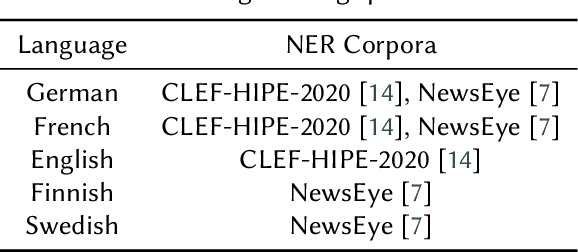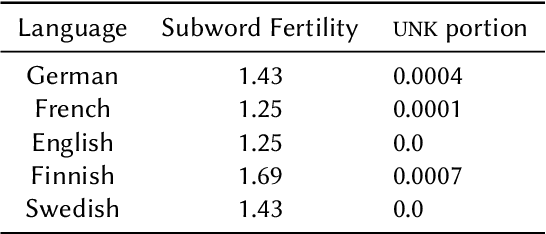Katharina Schmid
3D Scene Diffusion Guidance using Scene Graphs
Aug 08, 2023Abstract:Guided synthesis of high-quality 3D scenes is a challenging task. Diffusion models have shown promise in generating diverse data, including 3D scenes. However, current methods rely directly on text embeddings for controlling the generation, limiting the incorporation of complex spatial relationships between objects. We propose a novel approach for 3D scene diffusion guidance using scene graphs. To leverage the relative spatial information the scene graphs provide, we make use of relational graph convolutional blocks within our denoising network. We show that our approach significantly improves the alignment between scene description and generated scene.
hmBERT: Historical Multilingual Language Models for Named Entity Recognition
May 31, 2022



Abstract:Compared to standard Named Entity Recognition (NER), identifying persons, locations, and organizations in historical texts forms a big challenge. To obtain machine-readable corpora, the historical text is usually scanned and optical character recognition (OCR) needs to be performed. As a result, the historical corpora contain errors. Also, entities like location or organization can change over time, which poses another challenge. Overall historical texts come with several peculiarities that differ greatly from modern texts and large labeled corpora for training a neural tagger are hardly available for this domain. In this work, we tackle NER for historical German, English, French, Swedish, and Finnish by training large historical language models. We circumvent the need for labeled data by using unlabeled data for pretraining a language model. hmBERT, a historical multilingual BERT-based language model is proposed, with different sizes of it being publicly released. Furthermore, we evaluate the capability of hmBERT by solving downstream NER as part of this year's HIPE-2022 shared task and provide detailed analysis and insights. For the Multilingual Classical Commentary coarse-grained NER challenge, our tagger HISTeria outperforms the other teams' models for two out of three languages.
 Add to Chrome
Add to Chrome Add to Firefox
Add to Firefox Add to Edge
Add to Edge